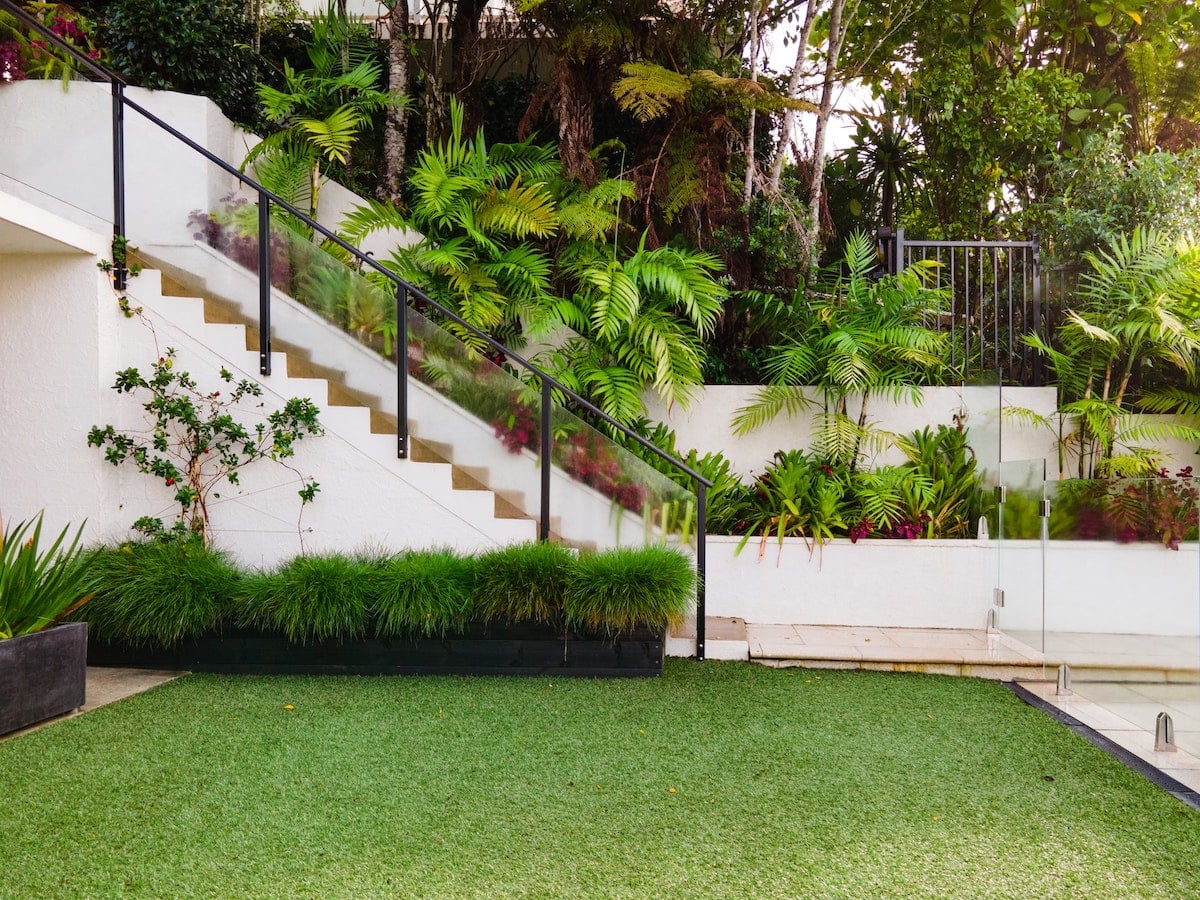Table of Contents
There are many types of artificial grass on the market today, and it can take time to choose the right one for your needs. This guide will help you understand the different types of artificial grass to help you make an informed decision. We’ll cover the most popular types of artificial grass, their pros and cons, and what kind of applications they’re best suited for. By the end of this guide, you’ll know everything you need to know about artificial grass!
Types of artificial grass available today
Are you considering artificial grass in Jamul, CA? With the ever-increasing artificial grass market, you have different types of artificial grass to choose from. Artificial grass dealers offer a range of options, from lush, luxurious lawns to durable outdoor surfaces. There are artificial turfs that mimic natural blades of grass, and textured artificial turf that allows for better traction and stability during sporting activities. Whether you seek artificial turf for sports fields or a landscaping project, there is something suitable for you.
From long-term investments to short-term solutions, for those looking for easy maintenance and affordable prices, you can find the best product that fits the bill.
Benefits of artificial grass over natural grass
Artificial grass has become a popular outdoor surface choice for many different reasons. It is easy to install and maintain, can be used in varying climates and terrains, and is highly durable, meaning it won’t wear out over time like natural grass.
Furthermore, artificial grass has no soil compaction or water run-off issues, making it the perfect solution for any homeowner looking to have a lush lawn without mowing or other yard maintenance.
Additionally, it provides excellent drainage and does not require fertilizers or pesticides. Finally, artificial grass can be eco-friendly because it does not produce gasses or use water as natural grass does in its maintenance cycle.
The installation process for artificial grass
Installing artificial grass is no longer a difficult task. There are just a few steps involved in the process, and with the right tools and materials, you can create a beautiful, lush lawn of synthetic turf in no time. The first step is to remove any existing vegetation from the area where you wish to lay your artificial grass. Then it is crucial to prepare a solid base on which the artificial grass will be installed using gravel or crushed stone. Next, you need to lay down the waterproofing membrane over the base and ensure it is spread evenly. Finally, you can start laying the artificial grass by trimming and fitting it into place – ensuring that it adheres firmly to look neat and stay in place. With the proper installation process followed carefully, your artificial grass will look realistic and natural.
Maintenance tips for your artificial lawn
To keep your artificial lawn looking and performing its best, regular maintenance is essential. Make sure to sweep it regularly to remove any dirt or debris that may have accumulated, which could cause damage over time. Consider investing in an artificial grass rake for more stubborn debris like leaves, twigs, and small stones that can build up in the long grass fibers.
Additionally, you should spray your lawn with water every few weeks to minimize static and reduce potential UV damage from direct sunlight. Consider renting or purchasing a power brush for deeper cleaning needs, such as restrictions on longer grass blades or removing tough algae stains. Lastly, always be mindful of how often you use chemicals on your artificial turf, as specific treatments can damage the material if used in excess.
Cost comparison of artificial and natural grass
The cost of artificial grass can vary widely, depending on the quality of the product and the installation costs. Generally speaking, artificial grass is more expensive than natural grass. The initial investment may be higher, but artificial grass can save you money in the long run. It doesn’t need to be mowed, watered, or fertilized, and it will stay green and look great for years with minimal upkeep.
Common myths about artificial turf
When it comes to artificial turf, there are a variety of myths that persist. One myth is that you cannot use artificial turf fields in cold climates – many modern synthetic playing surfaces can stand up to the elements regardless of location.
Another common but false belief is that artificial turf fields become too hot to use during summer. Many synthetic types of grass feature advanced cooling technologies that make them suitable for year-round usage in any climate.
Furthermore, people often assume artificial turf to be uncomfortable or “unnatural” for athletes; however, recent developments have created an ultra-realistic feel that allows players to perform at their peak levels on a diverse range of surfaces.
Now that you know the different types of artificial grass available on the market and their benefits, it’s time to decide which type is right for your home. If you need help deciding or have questions about installation or maintenance, be sure to ask one of our experts. We’re always happy to help!
Image Credit: Photo by Look Up Look Down Photography on Unsplash


